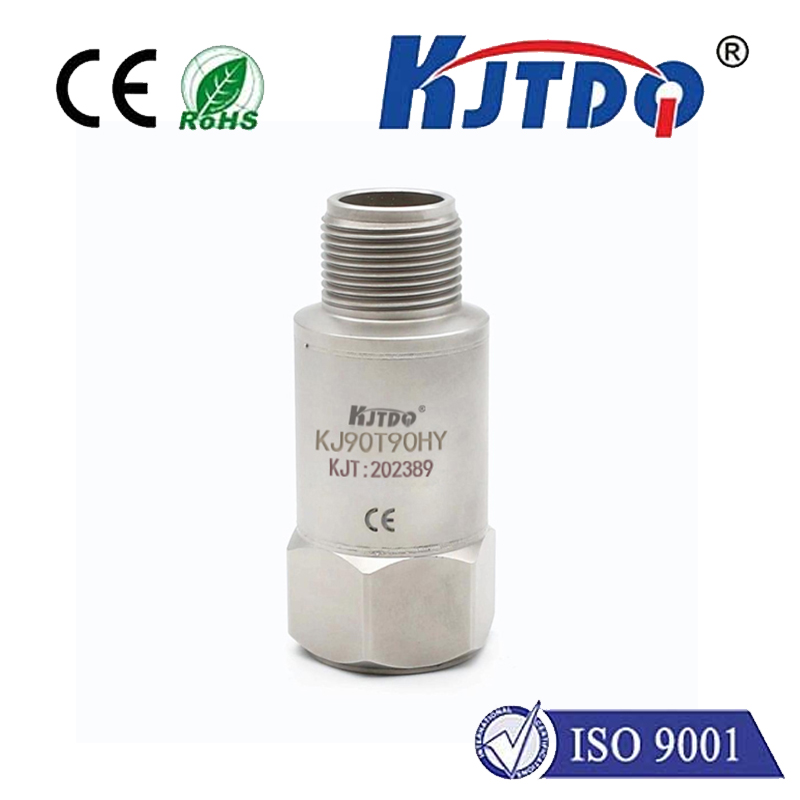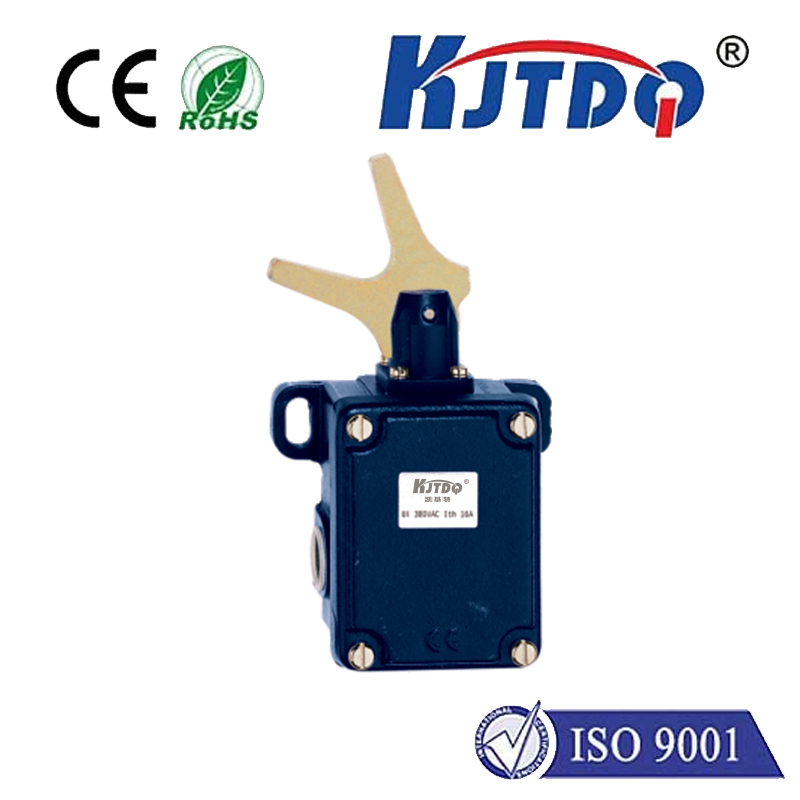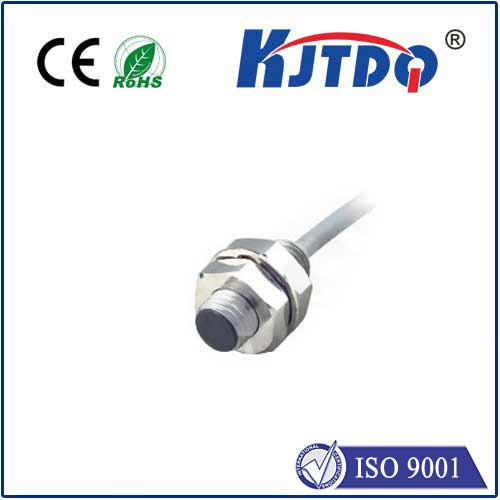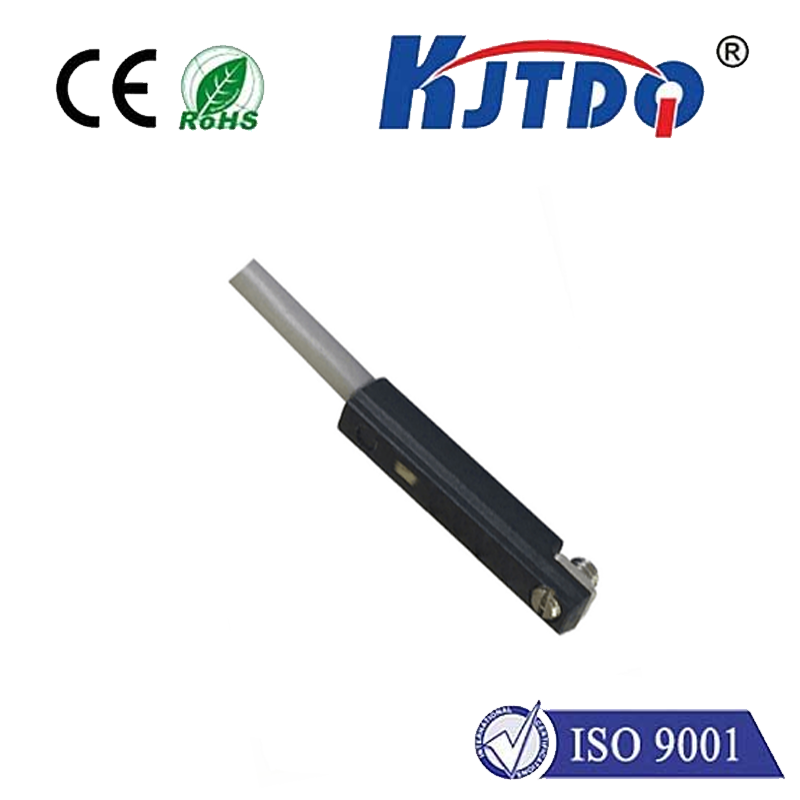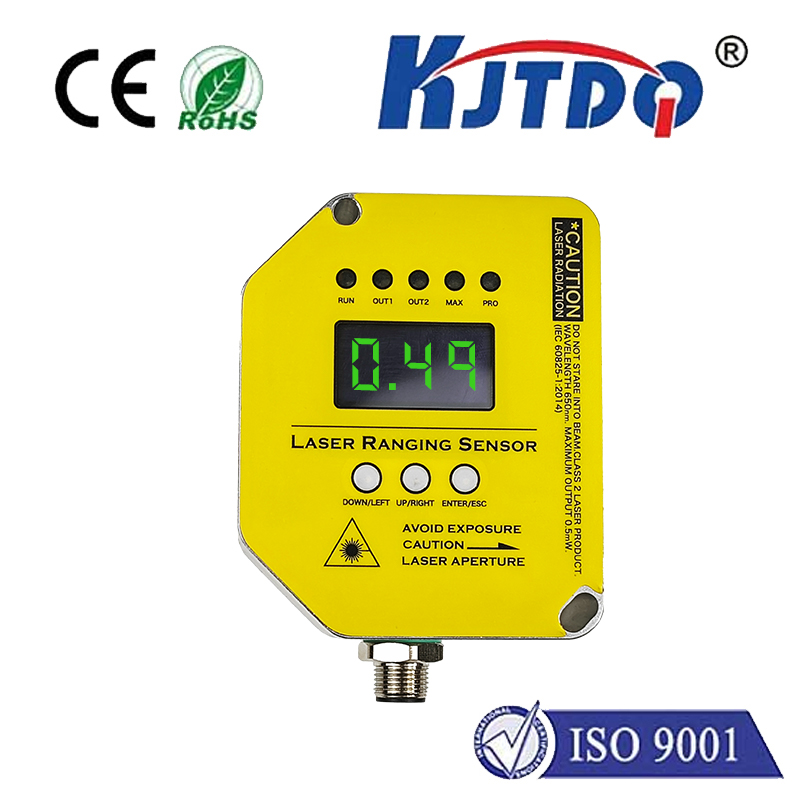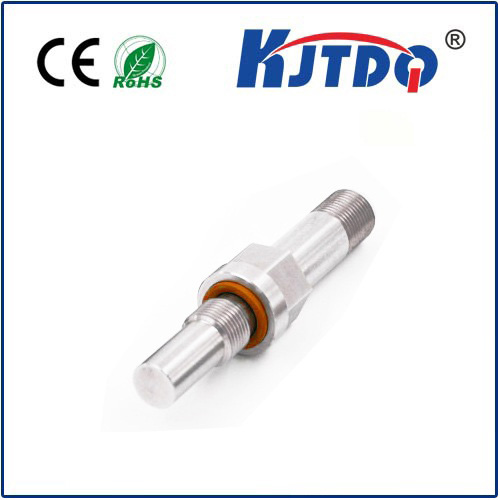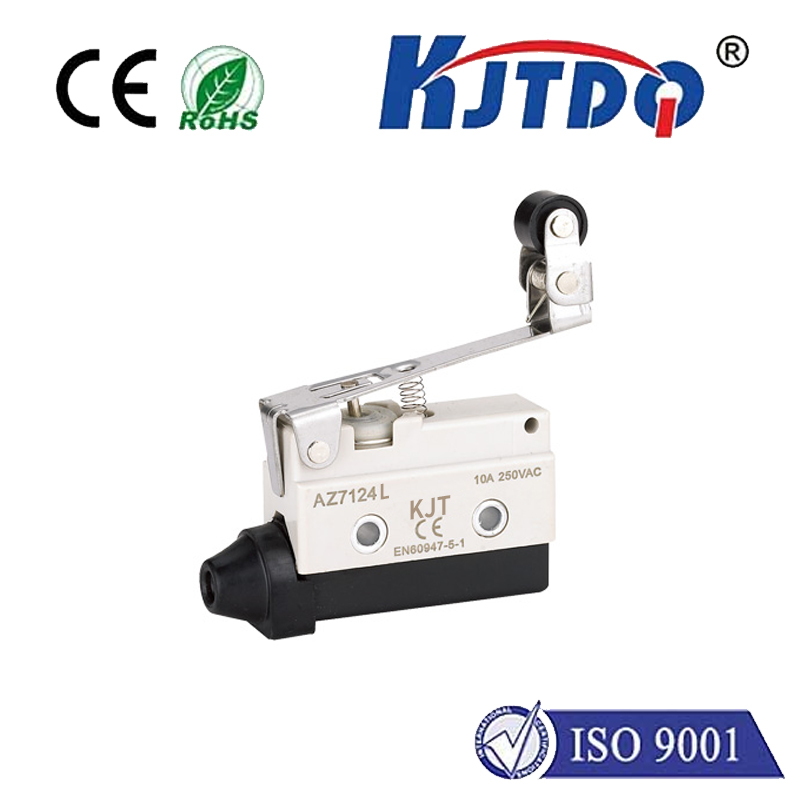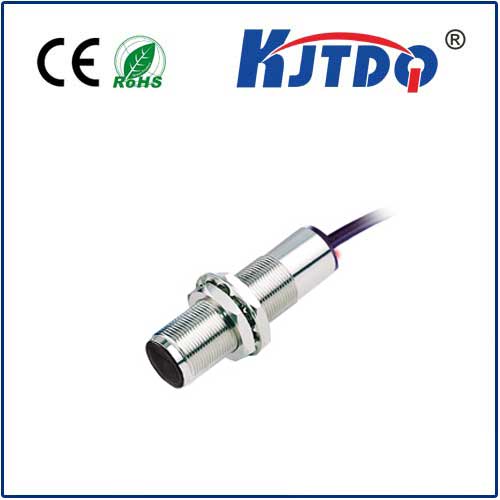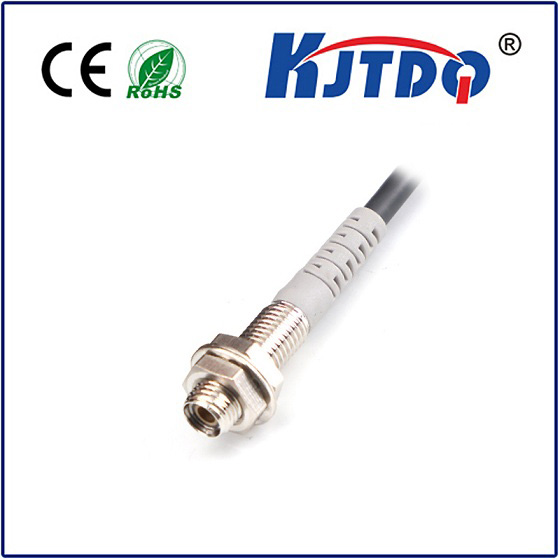inductive prox sensor
- time:2024-10-14 16:24:22
- Click:0

Title: The Advantages and Applications of Inductive Prox Sensors
Inductive proximity sensors are a type of sensor that detects the presence of a conductive object without physical contact. They work on the principle of electromagnetic induction, which states that a change in magnetic field can induce an electric current in a conductor. This technology has gained widespread popularity due to its non-contact nature, high reliability, and long operational life. In this article, we will explore the advantages and applications of inductive prox sensors.
Advantages of Inductive Prox Sensors
- Non-Contact Detection: One of the most significant advantages of inductive prox sensors is their ability to detect objects without physical contact. This feature eliminates the need for mechanical wear and tear, making them ideal for applications where reliability and durability are critical.
- High Reliability: Inductive prox sensors are highly reliable as they do not require any moving parts or mechanical components. They are less prone to failure compared to other types of sensors, making them suitable for harsh environmental conditions.
- Long Operational Life: Inductive prox sensors have a long operational life due to their non-contact nature and robust construction. They can withstand vibrations, shocks, and temperature variations, ensuring consistent performance over an extended period.
- Versatile Applications: Inductive prox sensors can be used in various industries, including automotive, machinery, electronics, robotics, and process control. They are versatile and can detect different types of materials, such as metals, plastics, and liquids.
Applications of Inductive Prox Sensors
- Automotive Industry: Inductive prox sensors are widely used in the automotive industry for applications like engine management systems, transmission control systems, and brake systems. They provide accurate and reliable detection of speed, position, and motion, ensuring optimal performance and safety.
- Machinery and Equipment: In industrial machinery and equipment, inductive prox sensors are used for monitoring the presence or absence of components, controlling conveyor belts, and detecting leaks or blockages in pipelines. Their non-contact nature makes them suitable for applications where hygiene is crucial.
- Electronics and Appliances: In household appliances such as washing machines, refrigerators, and ovens, inductive prox sensors are used for detecting door status, controlling temperature, and monitoring water levels. They offer energy-efficient solutions by reducing power consumption when devices are not in use.
- Robotics: In robotic systems, inductive prox sensors are employed for obstacle detection, navigation guidance, and arm movement control. They enable robots to interact with their environment safely and efficiently.
- Process Control: In process control industries like food processing and chemical manufacturing, inductive prox sensors are used for level measurement, fluid flow monitoring, and quality control. They provide real-time data for process optimization and ensure consistent product quality.
In conclusion, inductive prox sensors offer numerous advantages over traditional contact-based sensors, including non-contact detection, high reliability, long operational life, and versatile applications across various industries. Their ability to operate without physical contact makes them ideal for applications where reliability and durability are essential. As technology continues to advance, we can expect further improvements in inductive prox sensors, making them even more valuable tools in our daily lives.





